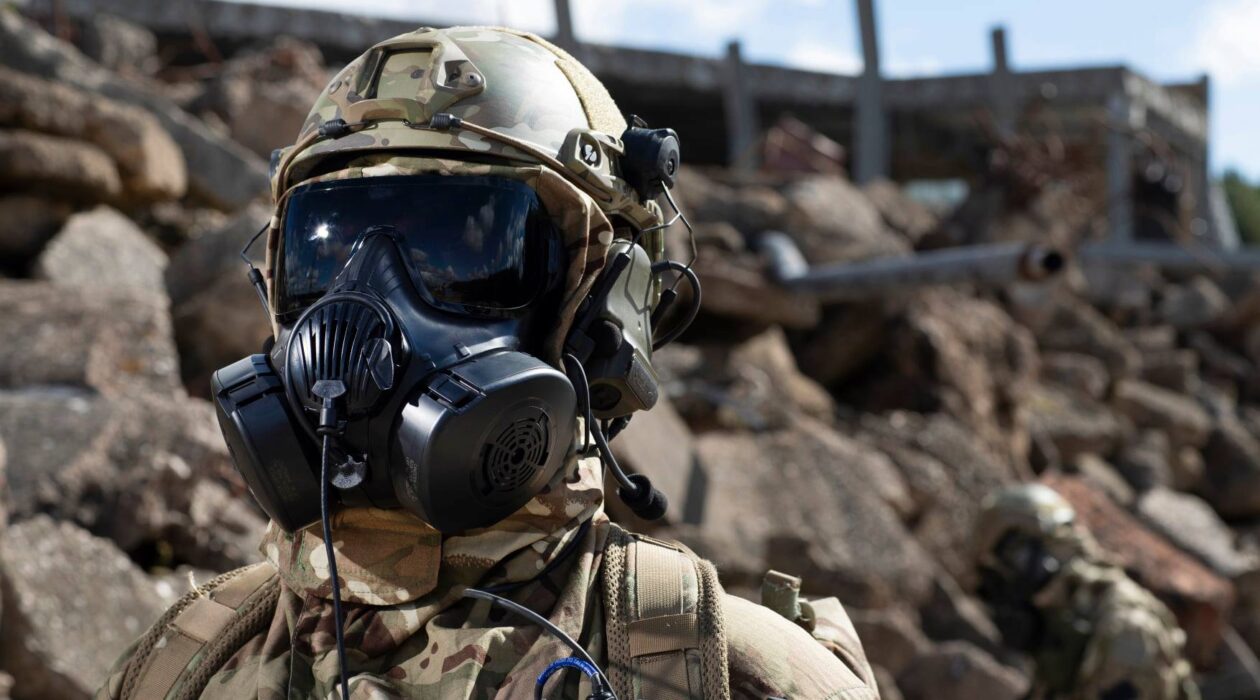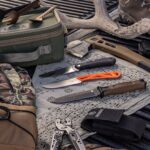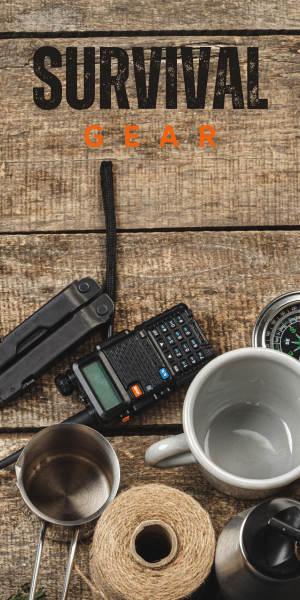The M50 Gas Mask is a significant piece of personal protective equipment in modern warfare, designed to protect military personnel from a wide range of chemical, biological, radiological, and nuclear (CBRN) threats. This mask represents a critical update from older models, reflecting advancements in both materials and technology to enhance safety and operational efficiency on the battlefield.
Overview of the M50 Gas Mask
Historical Development
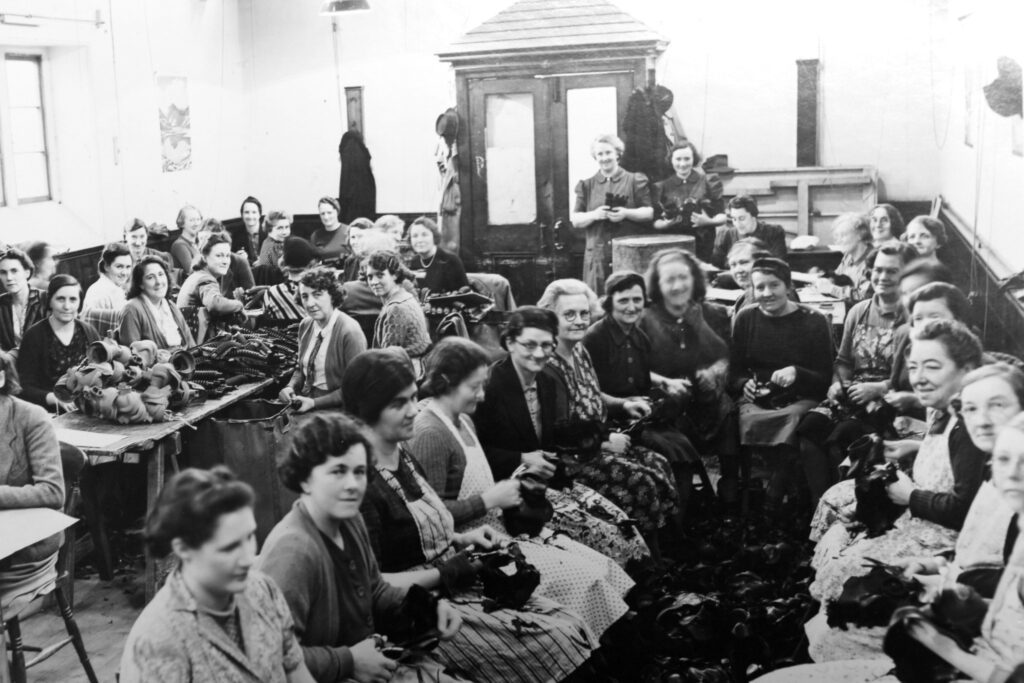
The M50 Gas Mask was developed as a response to the evolving nature of warfare and the increased risk of CBRN threats. It was designed to replace older models that were less effective against modern chemical and biological agents. The development of the M50 focused on improving the mask’s filtration system, comfort, and overall usability in various combat situations.
Design and Features
The M50 Gas Mask features a twin-filter system that significantly reduces breathing resistance compared to single-filter masks. This design also allows for a more balanced distribution of weight, enhancing comfort during extended use. The filters of the M50 are effective against a wide spectrum of CBRN threats and can be easily replaced in the field.
Another key feature of the M50 Gas Mask is its compatibility with modern military equipment. It is designed to work seamlessly with communication systems and optical devices, ensuring that soldiers can maintain their operational capabilities while wearing the mask. The mask’s visor provides a wide field of vision, and its silicone facepiece is designed to fit a wide range of face shapes comfortably.
Operational Significance
In modern warfare, the ability to operate effectively in environments contaminated with CBRN agents is crucial. The M50 Gas Mask provides soldiers with the necessary protection to carry out their missions in such hazardous conditions. Its enhanced filtration system, comfort, and compatibility with other equipment make it an essential component of a soldier’s gear in contemporary combat scenarios.
Overall, the M50 Gas Mask is a testament to the ongoing evolution of military equipment in response to the changing nature of warfare and the persistent threat of CBRN hazards.
The Evolution from M40 to M50
The evolution from the M40 to the M50 gas mask represents a significant leap in protective technology and usability in response to modern military needs. This transition, encompassing previous models like the M40, M42, and MCU-2/P, reflects a drive towards enhanced protection, comfort, and compatibility with other equipment.
| Feature / Model | M40 | M42 | MCU-2/P | M50 |
|---|---|---|---|---|
| Filter System | Single-filter | Single-filter (adapted for armored vehicles) | Single-filter | Dual-filter, reducing breathing resistance |
| Protection | Effective against CBRN threats | Similar to M40 | Moderate chemical resistance | Enhanced against a broader range of CBRN threats |
| Comfort | Standard comfort with adjustable straps | Similar to M40 with adjustments for vehicle crews | Lighter with better visibility | Ergonomic design with silicone facepiece for improved comfort |
| Visibility | Standard military-grade | Similar to M40 | Improved over M40 and M42 | Wide field of vision with a large visor |
| Compatibility | Basic compatibility with equipment | Designed for use in armored vehicles | Better integration with air force and navy gear | Highly compatible with modern communication systems and optical devices |
| Weight Distribution | Imbalanced due to single-filter | Similar to M40 | Lighter than M40 and M42 | Balanced due to dual-filter design |
| Usability | Standard military use | Specialized for armored vehicle crews | Focused on air force and navy requirements | Enhanced for various combat scenarios with easy field maintenance |
The transition to the M50 was driven by the need for higher protection levels against emerging CBRN threats and the demand for greater comfort and functionality in various combat scenarios. The M50’s design addresses these requirements, making it a vital component for modern military operations. This evolution reflects the continuous adaptation of military equipment to meet changing warfare landscapes and the commitment to ensuring the highest safety standards for military personnel.
Filter Technology in the M50 Gas Mask
The M50 Gas Mask, a cornerstone of modern military protective gear, is equipped with the advanced M61 filter, a significant upgrade in filtration technology. This filter is designed to provide comprehensive protection against a wide array of chemical and biological agents, reflecting a significant advancement over previous generations of military gas mask filters.
M61 Filter: Advancements in Filtration Technology
The M61 filter represents a leap forward in both the materials and design used in gas mask filters. It employs a layered approach, combining various filtration materials to effectively trap and neutralize harmful particles and vapors.
- Particulate Filter Layer: This layer is designed to capture microscopic particles, including biological agents such as bacteria and spores, as well as radioactive dust.
- Activated Charcoal Layer: The use of activated charcoal is pivotal in absorbing toxic chemicals and vapors. The charcoal is treated to enhance its adsorption properties, making it more effective against a broader range of chemical threats.
- Catalytic Layer: This advanced layer is designed to neutralize specific chemical agents, such as nerve and blister agents, through a chemical reaction that renders these agents harmless.
Effectiveness Against Chemical and Biological Agents
The M61 filter’s multi-layered structure allows it to provide robust protection against a diverse range of threats:
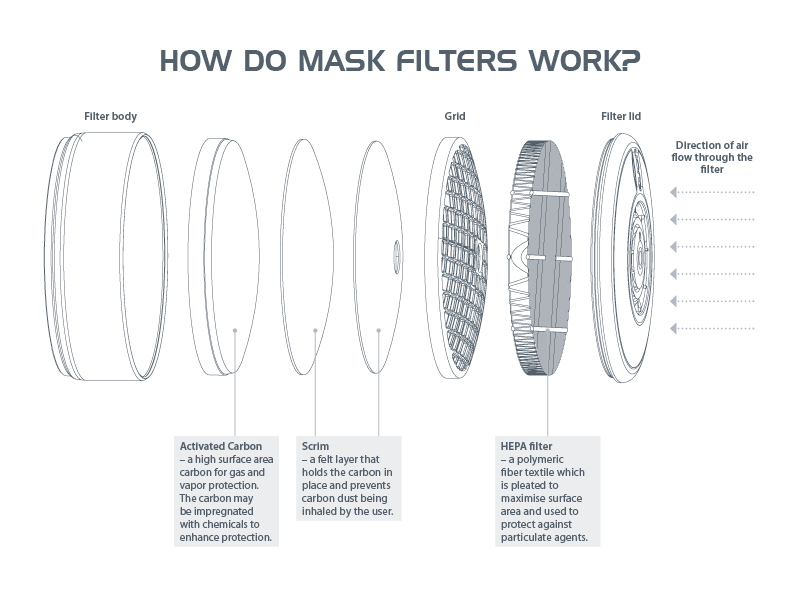
- Chemical Warfare Agents: It is highly effective against traditional chemical warfare agents, including nerve agents like Sarin and VX, and blister agents such as mustard gas.
- Biological Threats: The filter’s particulate layer efficiently traps biological threats, including anthrax spores and other biologically hazardous particles.
- Toxic Industrial Chemicals: The M61 is also designed to protect against a range of toxic industrial chemicals that might be encountered in modern warfare or terrorist attacks.
Global Adoption and Use Cases
The M50 Gas Mask has seen widespread adoption across various countries and organizations, emphasizing its status as a premier choice for protection against chemical, biological, radiological, and nuclear (CBRN) threats. Its global usage underscores the mask’s effectiveness and reliability in diverse real-world scenarios.
Global Adoption
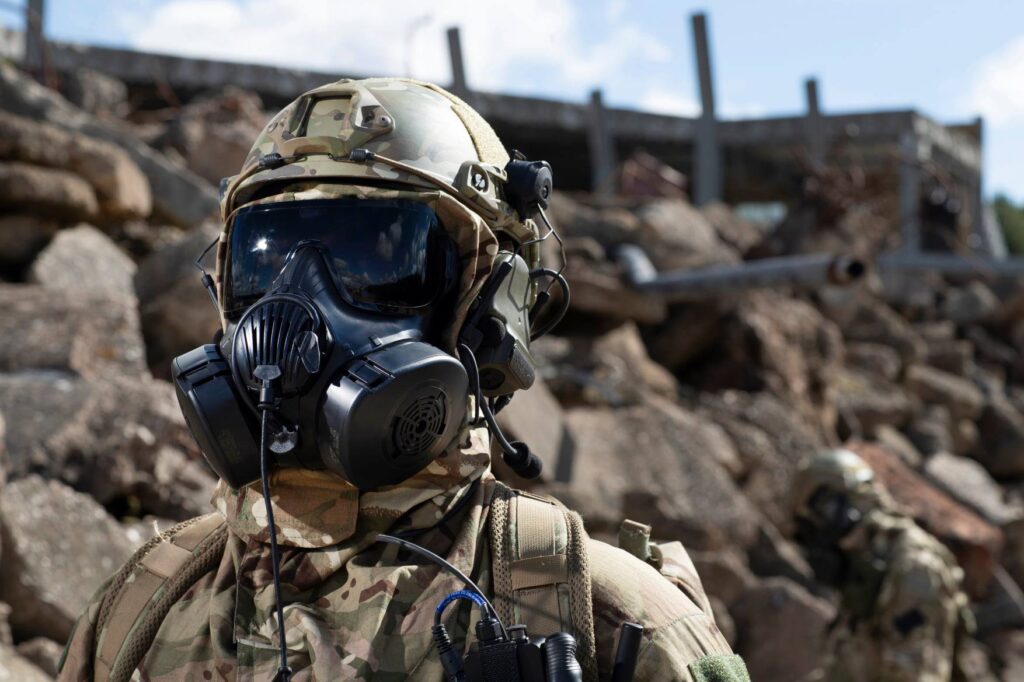
1. United States Military: The M50 is the standard issue gas mask for the U.S. Armed Forces, replacing older models like the M40 and M42. Its use across different branches, including the Army, Navy, Air Force, and Marine Corps, highlights its versatility and effectiveness.
2. NATO Forces: Several NATO countries have adopted the M50 or its variants, recognizing its superior protection capabilities. This adoption ensures a standard level of CBRN defense among allied forces.
3. Other International Militaries: Beyond NATO, other global military forces have incorporated the M50 into their arsenal, drawn by its advanced filtration system and ergonomic design.
4. Specialized Agencies: The M50 is also used by specialized agencies, such as hazardous materials (HAZMAT) teams and emergency response units, for its high level of protection in various environments.
Real-World Use Cases
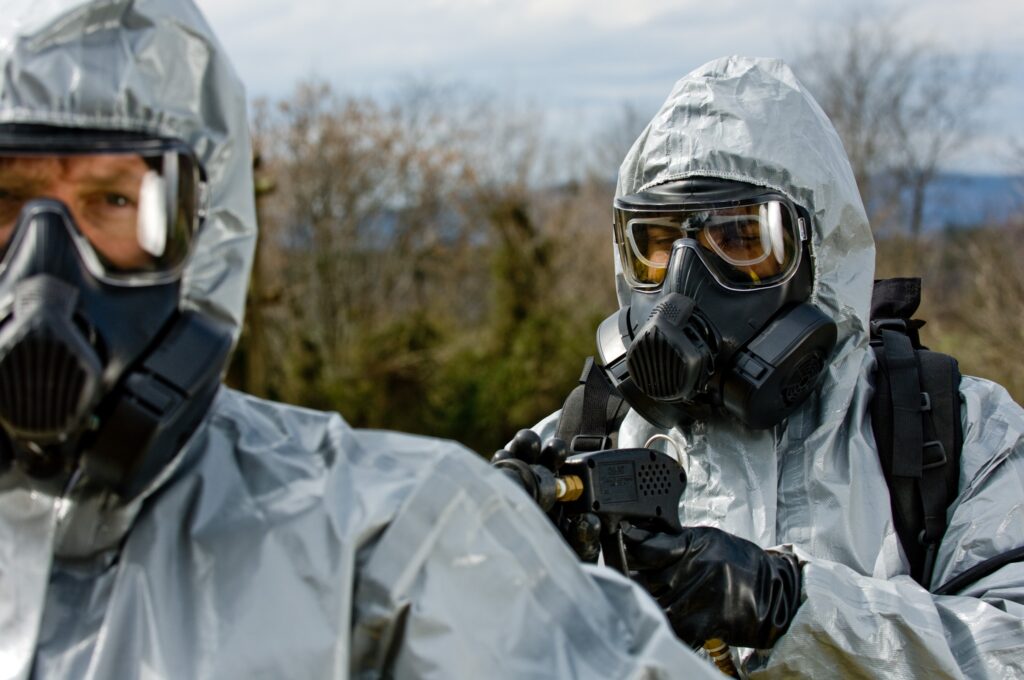
1. Military Operations in CBRN Environments: The M50 has been effectively used in military exercises and operations where there is a risk of CBRN threats. Its comprehensive protection is critical in such high-stake environments.
2. Counter-Terrorism Operations: Special forces and counter-terrorism units utilize the M50 during operations where there is a potential use of chemical or biological agents by adversaries.
3. Emergency Response during Chemical Accidents: In industrial accidents involving hazardous chemicals, the M50 provides essential protection for first responders, allowing them to operate safely in contaminated environments.
4. Training and Preparedness Drills: Military and emergency services use the M50 in training exercises, preparing personnel for scenarios involving CBRN threats.
Maintenance and Cost-Effectiveness
The M50 Gas Mask stands out for its extended life cycle and efficient maintenance procedures, factors that significantly contribute to its cost-effectiveness compared to previous models like the M40 and MCU-2/P.
Life Cycle and Maintenance
1. Durability: The M50 is designed for a long service life, with materials and construction that withstand harsh conditions and repeated use, significantly outlasting earlier models.
2. Easy Maintenance: Routine maintenance of the M50 is straightforward, with easily replaceable components like the M61 filters and simple cleaning procedures. This ease of maintenance reduces downtime and operational costs.
3. Advanced Filtration System: The twin-filter system not only provides superior protection but also extends the life of each filter, as they can be changed independently, enhancing the overall life cycle of the mask.
Cost Comparison
1. Initial Investment: The initial cost of the M50 may be higher than that of previous models due to its advanced features and materials. However, this is offset by its longer service life and reduced maintenance needs.
2. Long-Term Savings: Over time, the M50 proves more cost-effective due to lower replacement and maintenance costs. Its durable construction means fewer replacements, and the efficient filter system reduces the frequency of filter changes.
3. Operational Efficiency: The compatibility of the M50 with modern communication and optical equipment also reduces the need for additional adaptors or modifications, further saving costs in operational settings.
FAQ about M50 Gas Mask
Is the M50 Gas Mask Good?
Yes, the M50 gas mask is highly regarded for its advanced protection against chemical, biological, radiological, and nuclear (CBRN) threats. It features a dual-filter system for easier breathing, a wide field of vision, and is ergonomically designed for comfort. Its compatibility with modern military equipment makes it a preferred choice in the U.S. Armed Forces and among various NATO allies.
Difference Between M50 and M51 Gas Mask
The primary difference between the M50 and M51 gas masks lies in their intended use. The M50 is designed for general infantry and is standard issue for the U.S. military. In contrast, the M51 is specifically tailored for vehicle crews. The M51 includes a hose and an external filter connection that allows the filter to be mounted on the vehicle, thereby reducing the weight on the wearer’s face.
Difference Between C50 and M50 Gas Mask
The C50 and M50 gas masks are similar in design and function, but the key difference is their intended user base. The M50 is specifically designed for military use, with robust features suitable for combat environments. The C50, on the other hand, is tailored for law enforcement and first responder use, offering similar levels of protection but with variations suitable for civil defense and emergency response scenarios.
What Brand of Gas Masks Does the Military Use?
The U.S. military primarily uses gas masks manufactured by Avon Protection Systems, notably the M50 gas mask. Avon is a leading supplier in respiratory protection equipment and has a long-standing relationship with the U.S. Department of Defense. Their M50 model is widely recognized for its high quality, advanced protection capabilities, and compatibility with modern military equipment, making it the standard issue for U.S. Armed Forces.
In the End :
the M50 gas mask, primarily manufactured by Avon Protection Systems, represents a significant advancement in protective gear for military and emergency response personnel. Its superior design, incorporating a dual-filter system, ergonomic features, and compatibility with modern equipment, offers comprehensive protection against a wide range of chemical, biological, radiological, and nuclear threats. While the M50 is tailored for military use, its variants like the M51 and C50 cater to specific needs of vehicle crews and civil defense respectively.
The adoption of the M50 across various countries and organizations underscores its effectiveness, durability, and cost-efficiency. Its ease of maintenance and long service life further enhance its appeal, making it a crucial component in ensuring the safety and operational effectiveness of those on the front lines in hazardous environments. The global reliance on the M50 and its variants demonstrates a commitment to providing the highest standard of protective equipment in challenging and dangerous situations.

